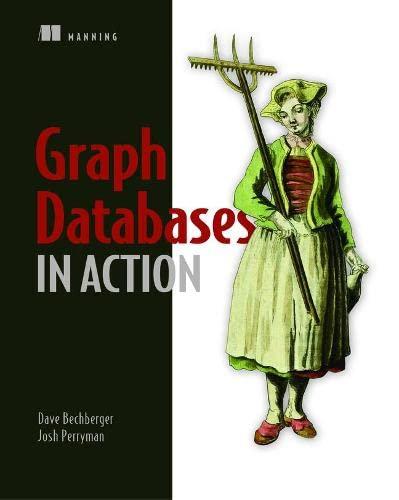Question
For each of the following languages A, write a regular expression r such that L(r) = A, and then give an NFA Nr such that
For each of the following languages A, write a regular expression r such that L(r) = A, and then give an NFA Nr such that L(Nr) = A. Well, if you give a DFA, that counts as an NFA, but in one or two cases you may find the NFA easier to build especially once you have r. For part (b), note that a string can be broken uniquely into maximal blocks of consecutive letters. For instance, in Tennessee the blocks are T, e, nn, e again, ss, and ee.
(a) The language of strings over {a, b} in which every b is followed immediately by at least one a.
(b) The language of strings over {a, b} in which every a belongs to a block of at least 2 as and every b belongs to a block of at least 3 bs.
(c) The language of strings over {a, b} with no block of 3 bs, and in which every block of 2 bs has an odd number of chars before it.
Step by Step Solution
There are 3 Steps involved in it
Step: 1

Get Instant Access to Expert-Tailored Solutions
See step-by-step solutions with expert insights and AI powered tools for academic success
Step: 2

Step: 3

Ace Your Homework with AI
Get the answers you need in no time with our AI-driven, step-by-step assistance
Get Started


